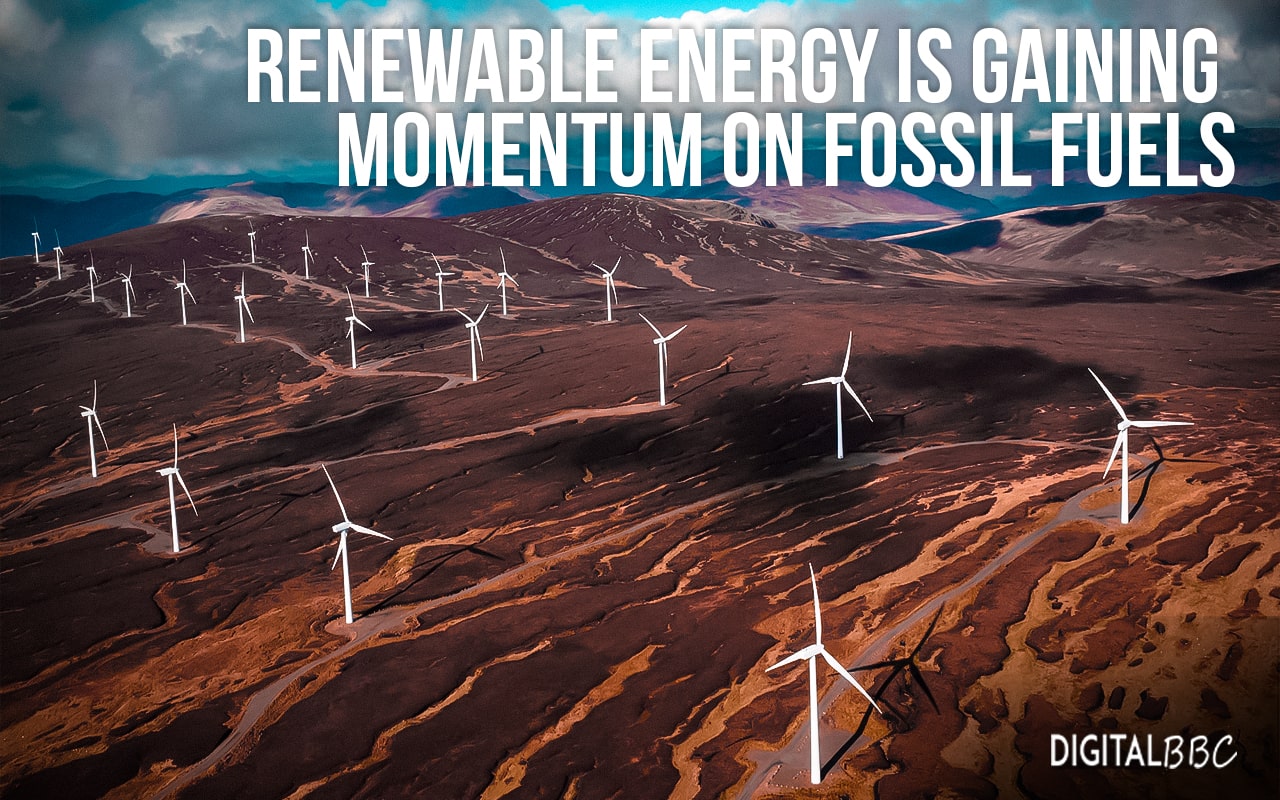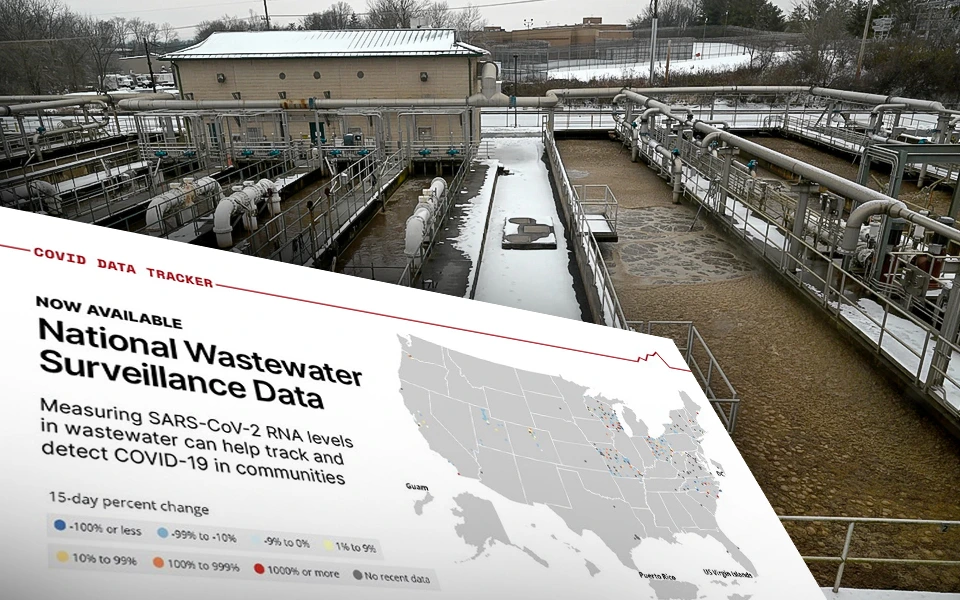Good news for Europe! A report says that power plants in Europe are polluting much less than before.This is because they’re using less coal and gas and more clean energy like solar and wind power. This is a big deal because it helps the environment and shows Europe is moving towards cleaner energy.
In 2023, fossil fuels reached their lowest utilization since 1990, constituting less than a third of the EU’s electricity output.Carbon-neutral power generation, comprising renewables and nuclear energy, accounted for over two-thirds of the energy mix, doubling the share of fossil fuels.
Sarah Brown, Ember’s Europe program director, views this as a positive trend, noting the continual decline in fossil fuel dependency. The decline is particularly notable since, before 1990, fossil fuels dominated electricity production without viable alternatives.
Coal experienced the most significant reduction in 2023, with a 26% decrease in electricity generation compared to the previous year. Similarly, gas-powered plants witnessed a 15% decline, marking the most substantial annual drop in several decades. Overall, fossil fuel generation and carbon dioxide emissions decreased by 19%, surpassing the reductions seen during the 2020 COVID-19 lockdowns.
While coal has seen a resurgence due to geopolitical factors like the Russian-Ukrainian conflict, this trend appears short-lived. Brown predicts coal generation will continue to diminish, having halved since 2016 and heading towards a complete phase-out.
Renewables now constitute 44% of the EU’s electricity mix, a record high. Wind energy, in particular, experienced significant growth, generating 18% of electricity, surpassing gas for the first time. Solar energy contributed 9% to the mix, while hydropower rebounded from dry spells in 2022.
Energy efficiency plays a crucial role in this transition. Electricity demand decreased by 3.4% in 2023, partly due to efficiency improvements.However, with the projected rise in demand from electric vehicles and homes, maintaining and enhancing energy efficiency becomes imperative.
Despite progress, challenges remain. Wind generation increased by 13% in 2023, but sustained growth of 15% annually throughout the decade is necessary to meet the EU’s clean energy objectives.
The European Union (EU) wants to stop releasing more harmful carbon dioxide gas into the air than nature can handle by 2050. This is an important goal to fight climate change.
To get there faster, they want to cut their carbon dioxide emissions by a huge amount—90% less than in 1990—by 2040.This means switching to cleaner sources of energy, like solar and wind power, instead of things like coal and oil. It’s like using a bike instead of a gas-guzzling car to get around, but for the whole EU!



